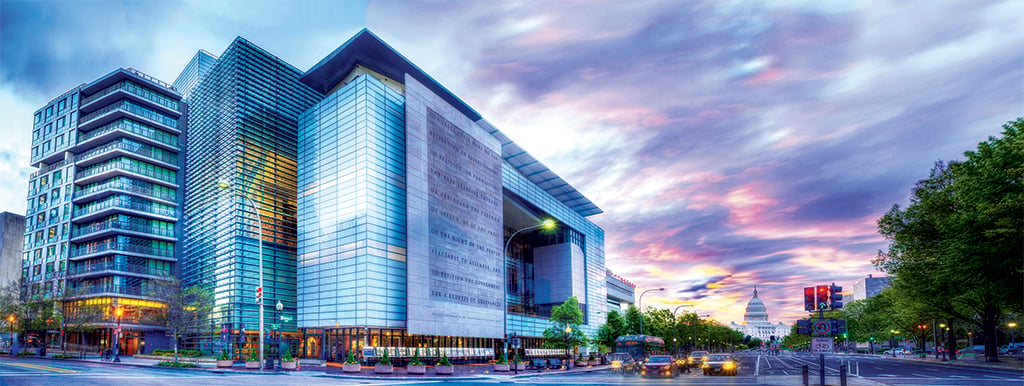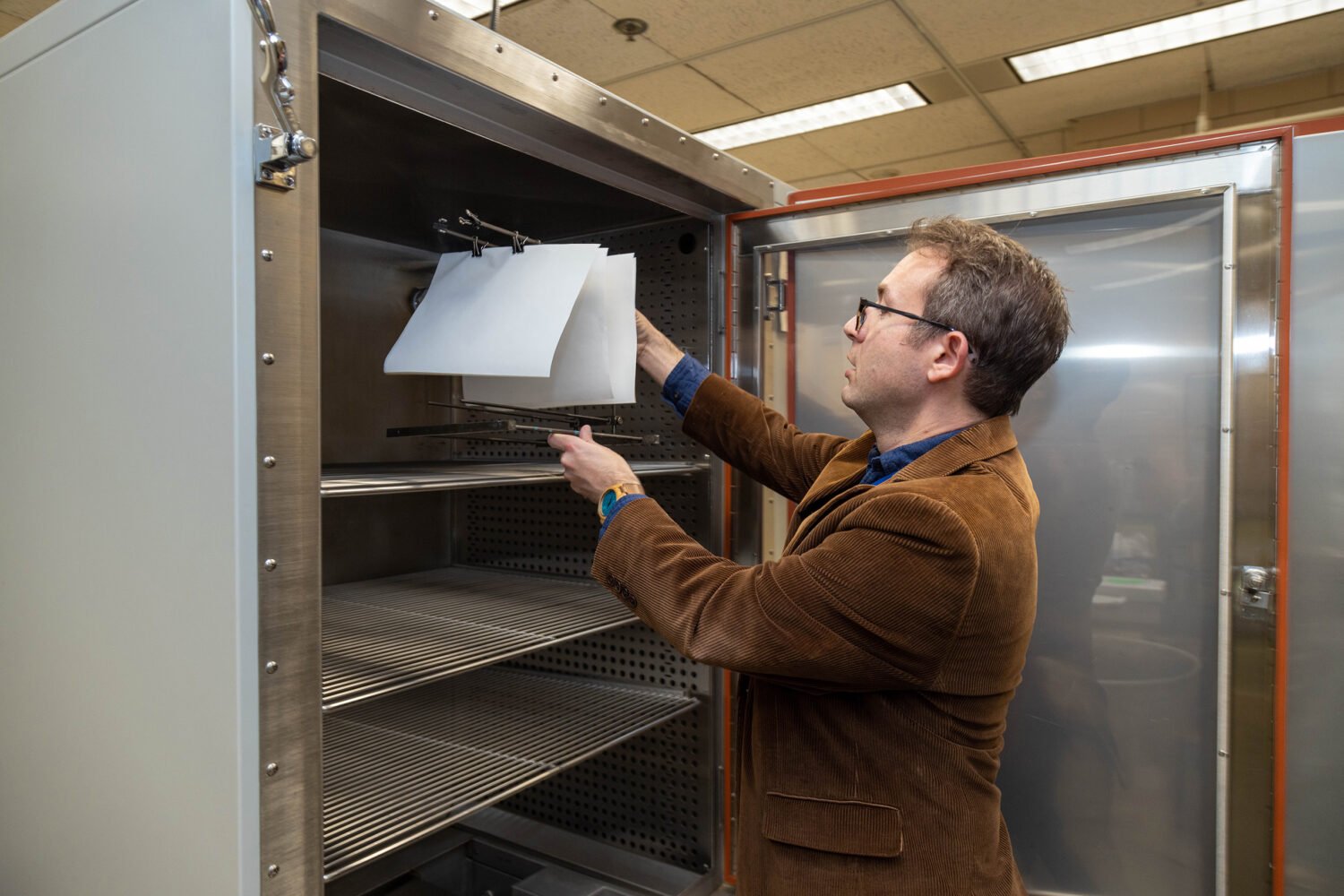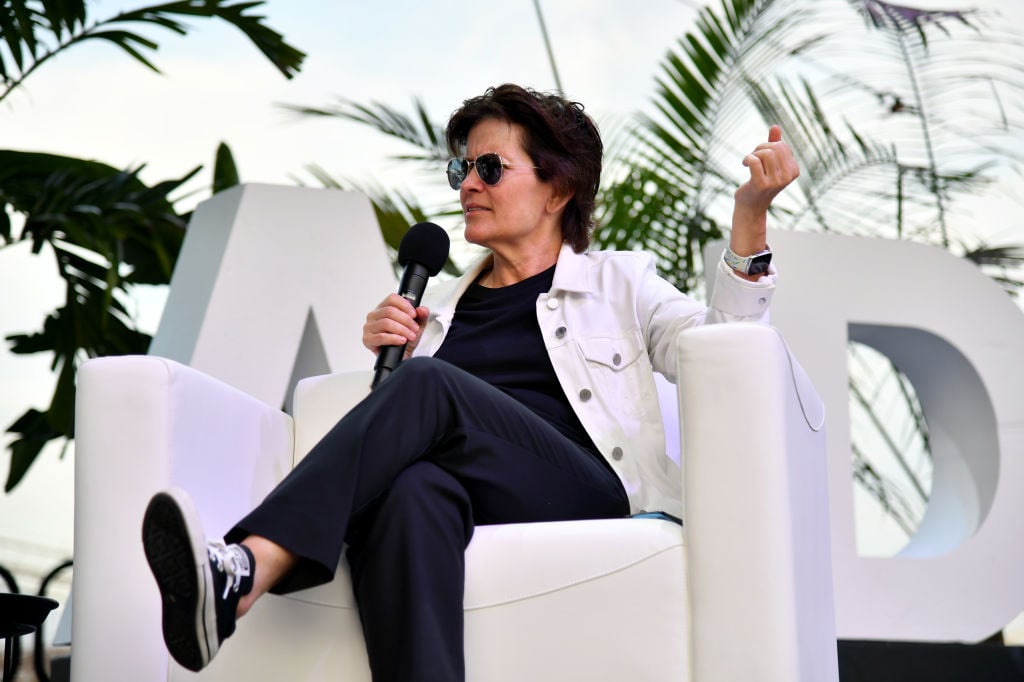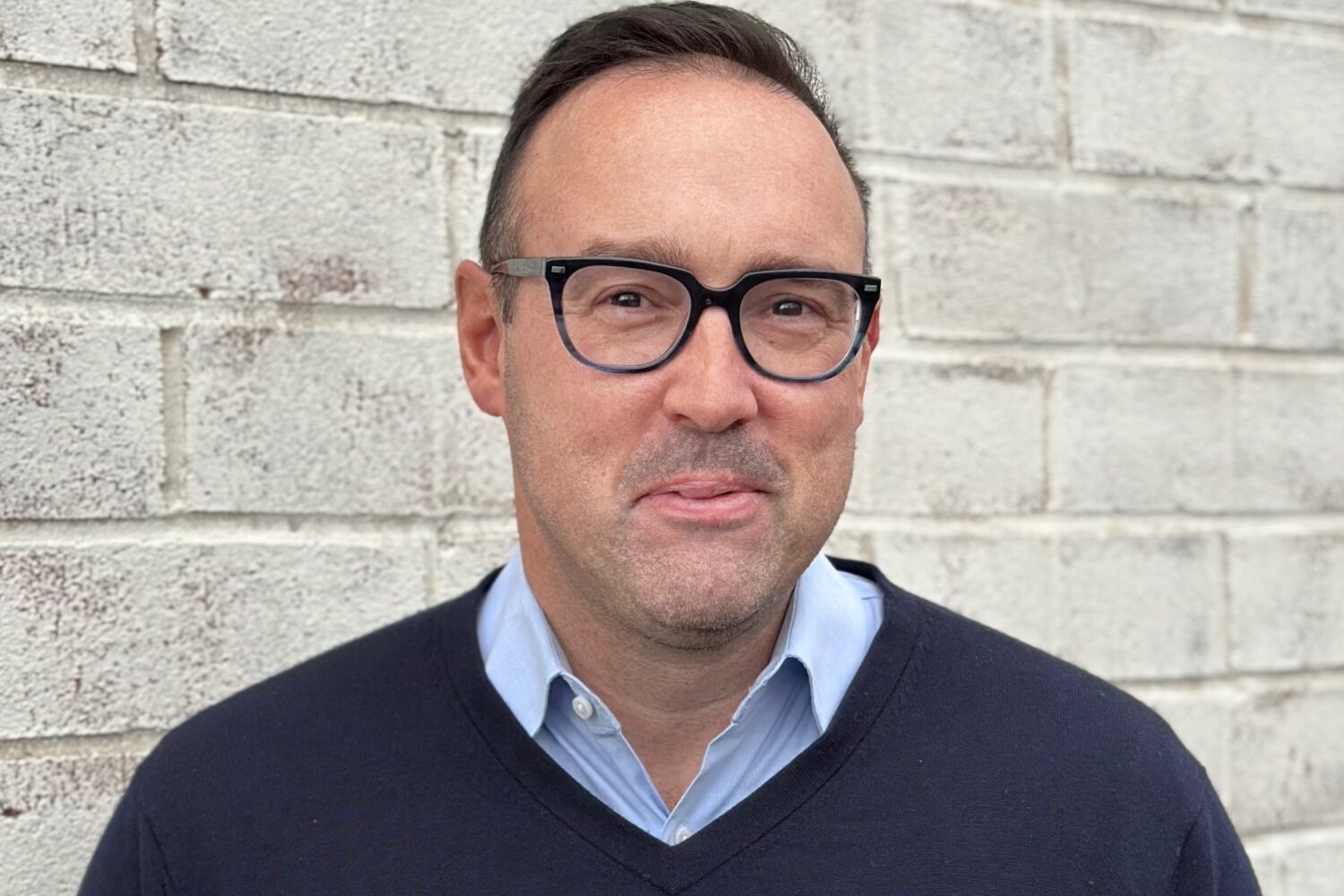In 2007, the Newseum was about to move into its $450-million home near the Capitol. A few blocks away in the J. Edgar Hoover Building, the FBI was seeking new life for its once popular display on G-man history, off-limits to the public since 9/11.
This meet-cute by the Mall soon became an odd-couple marriage. A standard loan agreement was drawn up for items such as Patty Hearst’s gun and theUnabomber’s Montana cabin, with an additional clause: “The FBI will be provided the opportunity to review and comment on the exhibit script.”
And comment the FBI did. For the next five years, more than 600 pages of documents and e-mails were exchanged. The bureau offered word changes—“standoff” instead of “siege,” for example, to describe the Branch Davidian raid in Waco—and broader criticisms, at one point protesting the portrayal of Hoover. Shortly before the 2008 opening, the FBI requested a meeting to address a lack of “discernible balance.”
By 2010, the e-mails show, the bureau was so happy that it asked to send over staff to learn storytelling techniques from Newseum employees. The public has responded nicely, too—so well that the exhibit has been updated twice, most recently in November.
Knowing the bureau’s influence somewhat colors how a visitor takes in the show. To the right as you enter is Faisal Shahzad’s Nissan Pathfinder, discovered in Times Square in 2010 rigged with three propane tanks and 250 pounds of fertilizer. A text panel leaves out that Shahzad’s plot went undetected for months and that, in the ensuing manhunt, FBI agents temporarily lost him. A presentation on the boots Richard Reid wore on an American Airlines flight in 2001 is headlined foiling the shoe bomber, before explaining that Reid couldn’t get his explosives to light and was subdued by the crew. The FBI arrested him upon landing.
Such elisions raise questions about which principles are applied at the museum: those of journalists or of a federal agency?
The Newseum says its agreement with the FBI benefits the viewer. “Being fair, balanced, and objective are key goals that guide the exhibit-creation process for us,” says curator Carrie Christoffersen. “The other key goal is, of course, accuracy.” The back-and-forth with the FBI doesn’t differ from conversations with other outside contributors, Christoffersen says: “The Newseum has maintained complete independence, with final control over content, editing, production, and display.” Indeed, not all of the changes were approved—the panel on Waco uses the word “siege,” and Hoover comes off as his controlling self.
Michael Kortan, the FBI’s assistant director of public affairs, concurs: “What they’re doing is different than a journalist.” Outside Kortan’s office hang posters for movies, from Breach to J. Edgar,that the bureau has consulted on. “Having an exhibit down there that’s steeped in fact is very valuable to us,” Kortan says. As to who has the final word on what’s accurate, he adds: “They’re the storytellers, not us.”
For 2013’s “Anchorman: The Exhibit,” inspired by the Will Ferrell comedy Anchorman, the Newseum clearly advertised its ties with Paramount Pictures. “Inside Today’s FBI,” a far more complicated partnership, requires fuller disclosure.
Malcolm Burnley (malcolm.burnley@gmail.com) writes for Philadelphia magazine.
This article appears in the February 2016 issue of Washingtonian.



















